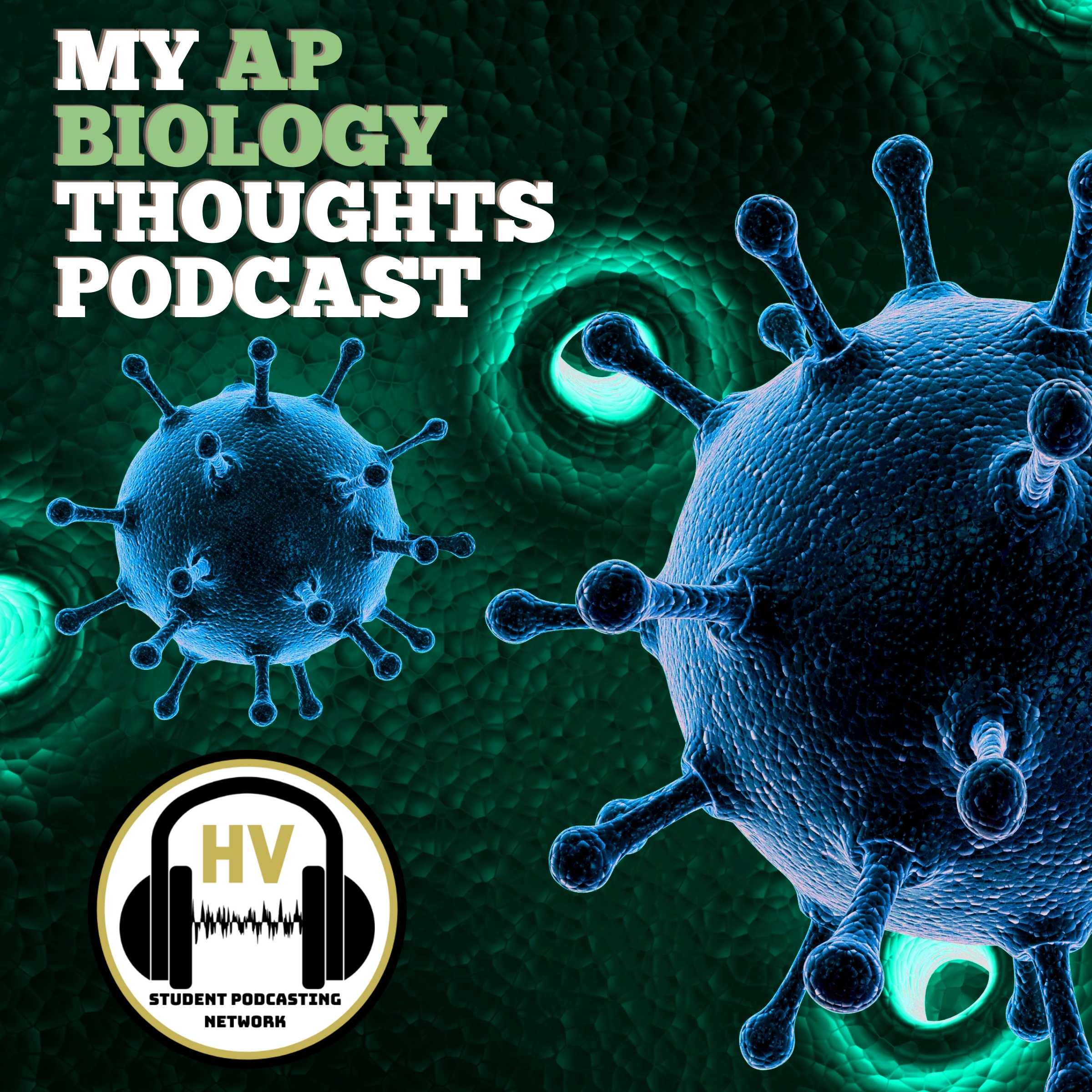Examples of Evolution: One Skink, Five Skink, Egg Skink, Live Skink
Description
My AP Biology Thoughts Unit 7 Natural Selection EPISODE TITLE: One Skink, Five Skink, Egg Skink, Live SkinkWelcome to My AP Biology Thoughts podcast, my name is Diana along with Sofia and Saahith and we are your hosts for Unit 7: Examples of Evolution-The Three Toed Skink- and I know what you’re thinking…. nope this is not derogatory or a slur. In episode 117, we will be discussing the species the Three Toed Skink and how it relates to the AP Biology Curriculum. We want to thank our sources for the information presented in this podcast episode today which include Reptiles Magazine, National Geographic, Eurekalert.org, syfi.com, phys.org, and sciencedaily.com. You can find the citations and links to these sources in the show notes.
Segment 1: Overview of The Three Toed Skink (Diana)The three toed skink, aka Saiphos equalis, is found in eastern Australia, primarily in New South Wales and Queensland. The three-toed skink is sometimes mistaken for a snake, eats crawling insects and worms, and is active at night. The three toed skink is a “bimodally reproductive species” WHATS THAT this means that some lay eggs and some give birth. Dr. Whittington, from the School of Life and Environmental Sciences and Sydney School of Veterinary Science at the University of Sydney in the article “Biologists observe a three-toed skink lay eggs and give birth to a baby,” says, “Put in the context of evolutionary biology, being able to switch between laying eggs and giving live birth could allow animals to hedge their bets according to environmental conditions." There are at least 150 evolutionary transitions from egg-laying to live-bearing in vertebrates. To elaborate on this, Sofia will share the interesting evidence of evolution of the Three Toed Skink.
Segment 2: Evidence that supports The Three Toed Skink (Sofia)Thank you, Diana, for that beautiful introduction to our beloved skinks. In the article, “Which Came First, the Lizard or the Egg”, Dr. Camilla Whittington from the University of Sydney skink research team describes how the earliest vertebrates were egg-layers, but that over thousands of years, embryos remained inside their mother’s for longer, until some began live births. WHAAAAATTTT?? The Three-toed skinks are an example of a species that have evolved to perform both reproduction methods of egg-laying and live births. Get yourself a skink who does both. Direct observation studies have revealed that the skink species located on the warm weathered coasts of New South Wales lay eggs rather than performing live birth. On the contrary, the skinks located in the cold
More Episodes
Published 06/08/23
My AP Biology Thoughts Unit 8 Ecology EPISODE TITLE: Birds of Paradise Mating RitualsWelcome to My AP Biology Thoughts podcast, my name is Xavier and I am with Celine and Sofie and we are your hosts for Unit 8 Ecology-Birds of Paradise Mating Rituals. Today we will be discussing Birds of...
Published 12/21/21
My AP Biology Thoughts Unit 8 Ecology EPISODE TITLE: South African Rhino PoachingWelcome to My AP Biology Thoughts podcast, my name is Keenan Wallace and I am your host for this episode called Unit 8 Ecology-Threatened Rhinos in South Africa. Today we will be discussing South African Rhino...
Published 12/21/21


